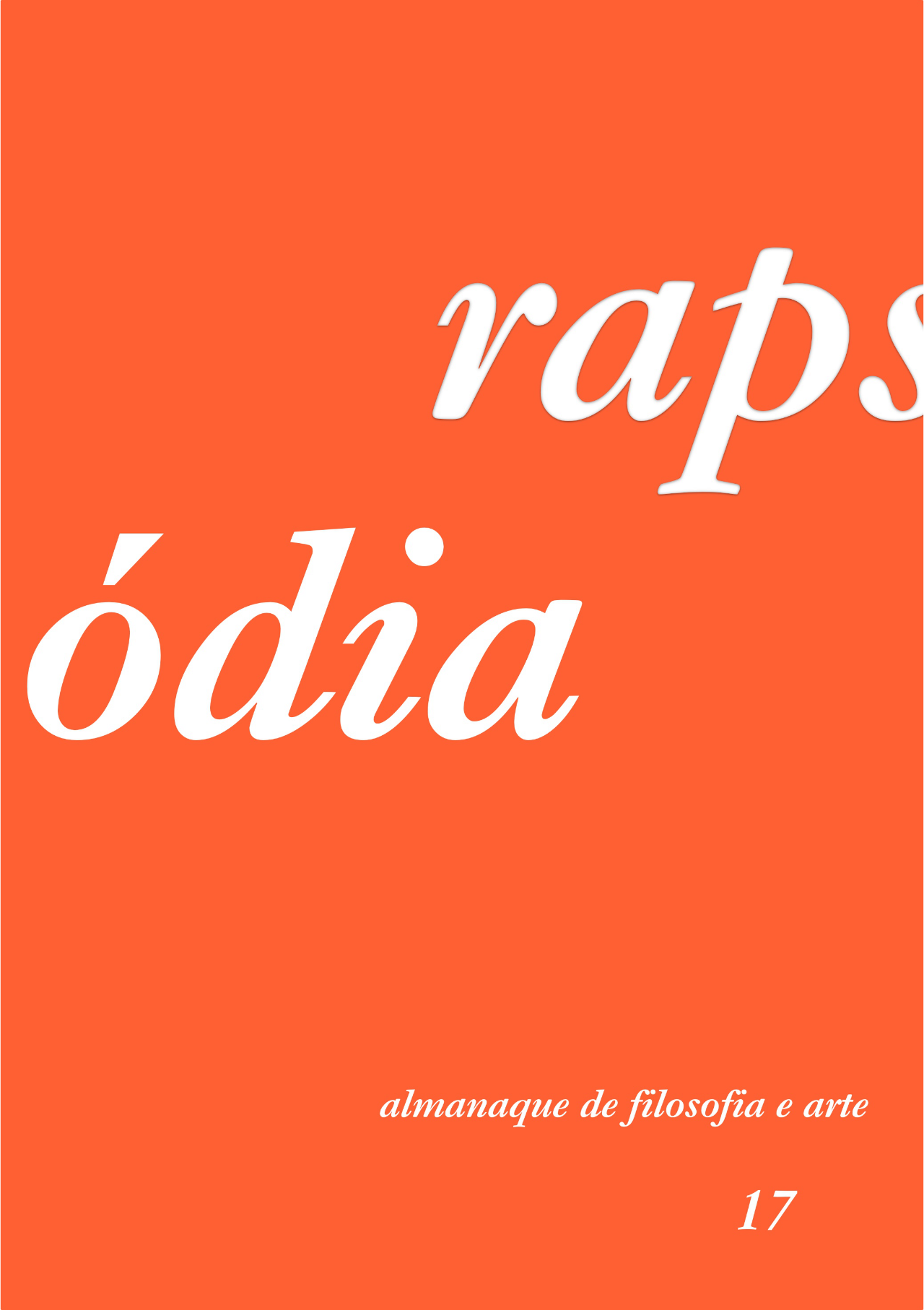Como ver o que nos olha?
DOI:
https://doi.org/10.11606/issn.2447-9772.i17p188-208Keywords:
Didi-Huberman, SANAA, Phenomenology, AtmosphereAbstract
This article has as its focus the analysis of rift and appearances, and the paradox between the presence’s mode of things in relation to the perception we can have of them. That is, the mode of absent presence that reveals the perceptual process marked by ambiguity. To do so, I delve into the appropriation of architectural spaces by the subject in the construction of a unique place, taking as a case study the project by the Japanese firm SANAA for the Vitra Campus (2006) in Weil am Rhein, Germany, due to its unique configuration. In order to address this narrative, I visited the Vitra Campus with the intention of experiencing and verifying whether the design and construction practices of Kazuyo Sejima and Ryue Nishizawa indeed operate contrary to the mainstream, and how their architecture can or cannot transform the relationship and perception of the beholder with the surroundings. As critical support, I refer to the reflections of the Finnish architect Juhani Pallasmaa (1936) related to the psychic apprehension of architecture obtained from the concept of atmosphere – as a tuned space composed of a set of undefined and spatially distributed elements – and to the concept of phenomenology focused on the atmosphere from the perspective of the German philosopher Gernot Böhme. For the philosopher, atmosphere does not refer to spiritual characteristics, but to a reflective and critical attitude related to the awareness of corporeality and the perception of the individual.
Downloads
References
ARCHDAILY. “Factory Building on the Vitra Campus / SANAA”. In: Archdaily, abr. 2013.
CURTIS William. “Less is more? Or less is less? Masters of simplicity SANAA win the Pritzker Prize”. In: Architectural Review, Junho, p. 31, 2010.
BLAU, Eve. “Inventing New Hierarchies”. In: The Pritzker Architecture Prize, 2010.
BÖHME, Gernot. Atmosphäre: Essays zur neuen Ästhetik. Frankfurt: Suhrkamp, 1995.
DEBORD, Guy. A sociedade do espetáculo. Trad. Francisco Alves e Afonso Monteiro. Lis-boa: Mobilis in Mobile; 1997.
FABBRINI, Ricardo. “Imagem e enigma”. In: Cadernos de Estética Aplicada, n. 19. São Paulo, 2016.
FERNÁNDEZ-GALIANO, Luis. “SANAA em sueños”. In: AV Monografias, SANAA (1997-2007), n. 121, 2006.
FOSTER, Hal. O complexo arte-arquitetura. Trad. Célia Euvaldo. São Paulo: Cosac Naify, 2015.
HUDSON, Danny. “SANAA completes vitra factory Building”. In: DESIGNBOOM, junho 2013.
JAMESON, Fredric. Pós-modernismo: a lógica cultural do capitalismo tardio. Trad. Maria Elisa Cevasco. São Paulo: Ática, 1998.
LAVANDIER, Marie.; GUÉPRATTE, Juliette. Louvre-Lens: architecture-paysage. Paris: Lienart, 2023.
MIROCZNIK, Betty. Kunsthaus Bregenz: relações entre arte, espaço e arquitetura, vistas a partir de um projeto expositivo. Dissertação de Mestrado em Arquitetura, Faculdade de Ar-quitetura e Urbanismo Universidade de São Paulo. São Paulo, 2019.
NESBITT, Kate (org.). Uma nova agenda para a arquitetura: antologia teórica, 1965-1995. São Paulo: Cosac Naify; 2008.
PALLASMAA, Juhani. Os olhos da Pele: a arquitetura dos sentidos. Porto Alegre: Book-man, 2011.
PALLASMAA, Juhani. “The Sixth Sense: The Meaning of Atmosphere and Mood”. In: Ar-chitectural Design, vol. 86, n. 6, 2016.
WISNIK, Guilherme. Dentro do nevoeiro: arquitetura, arte e tecnologias contemporâneas. São Paulo: Ubu, 2018.
Downloads
Published
Issue
Section
License

This work is licensed under a Creative Commons Attribution-NonCommercial-ShareAlike 4.0 International License.



